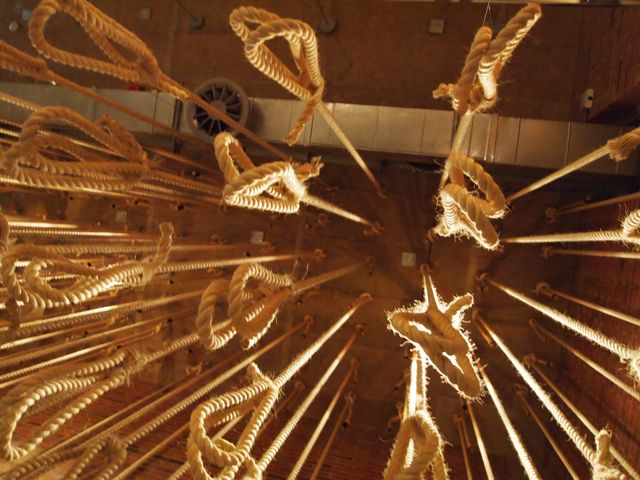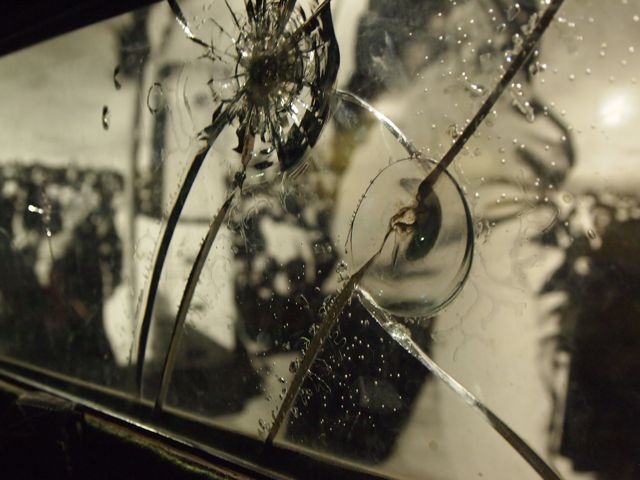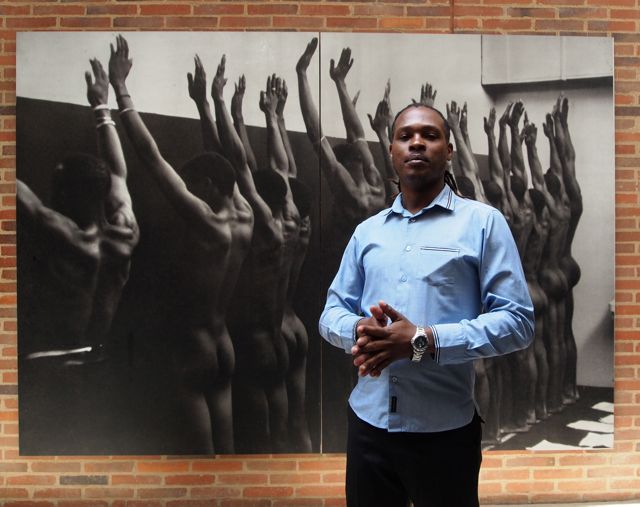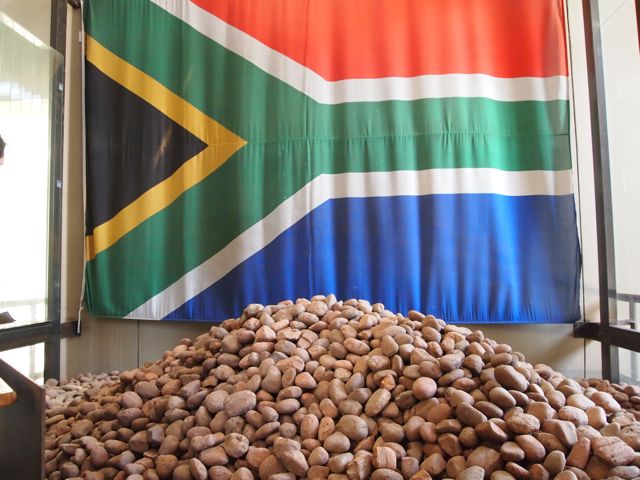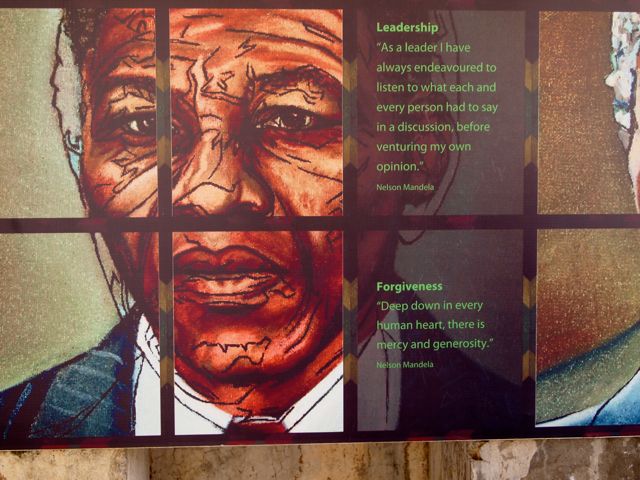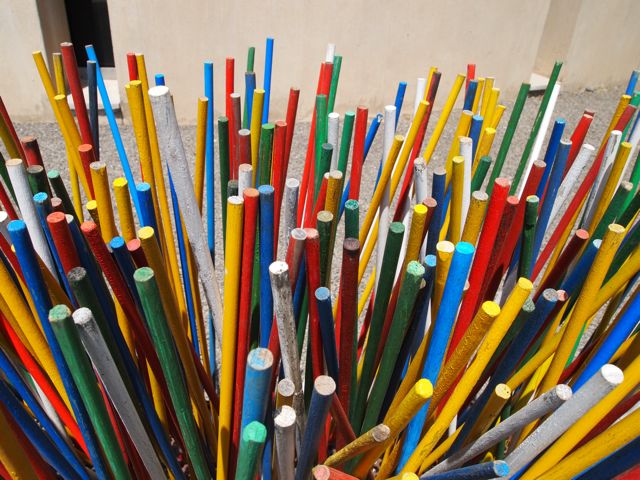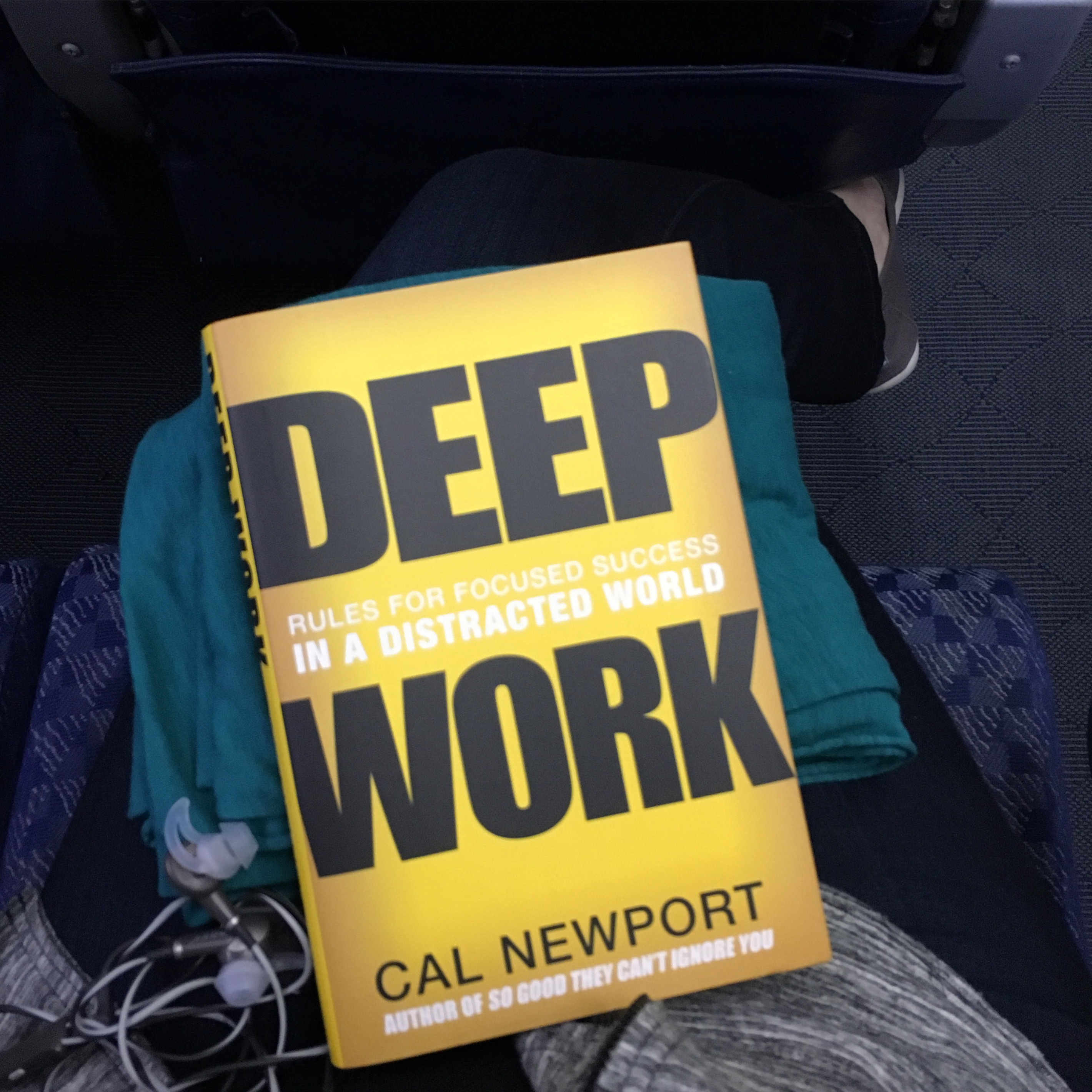
To enter the Apartheid Museum you’re given a ticket. That ticket assigns you a classification and therefore the gate through which you are allowed to enter, Whites or Non-Whites. It’s a poignant way to begin learning about this unparalleled period of South Africa’s history.
What struck me initially on my visit was just how much of the history documented there occurred within my own lifetime and especially within my parents’ generation. Post WWII.
It’s very recent, very fresh history.
A Little Background
Racial segregation in South Africa began during colonial times, but the official legislated policy of Apartheid only began in 1948. The law classified people into one of four categories: ‘native’, ‘coloured’, ‘Asian’ or ‘white.’ It then provided hyper specific rules, pages and pages of incredible detail, limiting where you were allowed to live and what you were allowed to do as a result of your classification.
It’s easy to forget that Apartheid only ended in 1990 when President de Klerk surprised everyone by announcing that he was lifting the ban on the African National Congress headed by a still imprisoned Nelson Mandela and embarked on negotiations to dismantle Apartheid. Mandela was released nine days later and was then elected President of South Africa in 1994 during the country’s first multi-racial democratic elections.
“To be free is not merely to cast off one’s chains, but to live in a way that respects and enhances the freedom of others.” – Nelson Mandela
Political executions by hanging.
Inside an armored vehicle used to put down uprisings within the townships.
Our young tour guide stands proud in front of a picture by Ernest Cole. Cole was a famed black photographer known for his stark account of life under Apartheid later compiled into a book called House of Bondage.
The picture shows gold-mine recruits standing ready for a group health examination. Cole took the photo after sneaking his camera into the mine inside his lunch bag (according to the NY Times). This photo was one of the many images that stuck with me from the museum.
The arresting subject matter, the life size scale, and the photo’s composition make it unforgettable.
A memorial at the end of the permanent exhibit that asks you to be a part of ensuring that it will never happen again by laying a rock at the base of the South African flag.
“Deep down in every human heart, there is mercy and generosity.” – Nelson Mandela
I’m sure you can readily remember where you were and what you were doing in the early 90s when South Africa was grappling with such critical issues. I was looking towards high school in 1990 when negotiations began, and in 1994 when South Africa elected Mandela, I was finishing high school, now looking toward college.
It’s easy to forget how recent all these events were, but in my opinion that would be a mistake. South Africa has made great strides in a very short time and that’s worth recognizing and celebrating.
~
If you live in San Francisco… I highly recommend the current SFMOMA exhibit South Africa in Apartheid and After (until March 5, 2013). It features the work of three photographers David Goldblatt, Ernest Cole, and Billy Monk showing Apartheid from three very different perspectives. David Goldblatt captures life in a suburban white community near Joburg. Ernest Cole captures life in the rest of South Africa. And, Billy Monk captured the two where they mixed in his job as a bouncer at a CapeTown nightclub called The Catacombs. It’s definitely worth seeing! // It’s no longer showing. FYI.
More Information: About Ernest Cole: Homecoming for a Stark Record of Apartheid and a photo slide show, NY Times 2010

